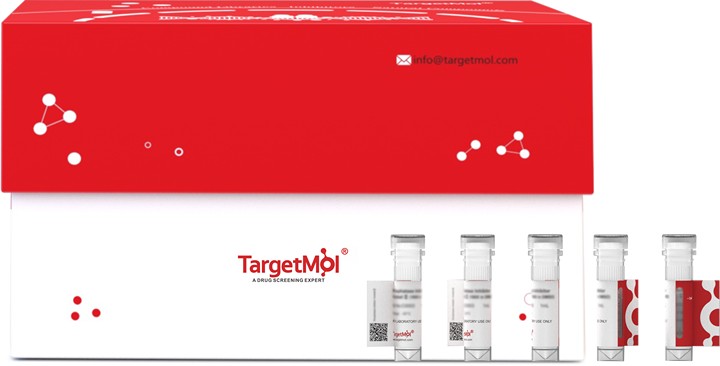Shopping Cart
Remove All Your shopping cart is currently empty
Your shopping cart is currently empty
FGF-21 Protein, Human, Recombinant is expressed in E. coli. The accession number is Q9NSA1.

| Pack Size | Price | USA Warehouse | Global Warehouse | Quantity |
|---|---|---|---|---|
| 5 μg | $85 | 7-10 days | 7-10 days | |
| 10 μg | $138 | 7-10 days | 7-10 days | |
| 20 μg | $197 | 7-10 days | 7-10 days | |
| 50 μg | $339 | 7-10 days | 7-10 days | |
| 100 μg | $573 | 7-10 days | 7-10 days | |
| 200 μg | $977 | 7-10 days | 7-10 days | |
| 500 μg | $1,980 | 7-10 days | 7-10 days | |
| 1 mg | $3,390 | 7-10 days | 7-10 days |
| Biological Activity | ED 50 < 0.5 µg/ml, measured by a cell proliferation assay using NIH-3T3 cells in the presence of 1.25 µg/ml mouse Klotho and 10 µg/ml heparin, corresponding to a specific activity of > 2.0 × 10 3 units/mg. |
| Description | FGF-21 Protein, Human, Recombinant is expressed in E. coli. The accession number is Q9NSA1. |
| Species | Human |
| Expression System | E. coli |
| Tag | Tag Free |
| Accession Number | Q9NSA1 |
| Synonyms | fibroblast growth factor-21,FGFL,FGF21 |
| Construction | His29-Ser209 |
| Protein Purity | > 95% as determined by SDS-PAGE; > 95% as determined by HPLC |
| Molecular Weight | ~19.5 kDa (Reducing conditions) |
| Endotoxin | < 0.2 EU/μg of protein as determined by the LAL method. |
| Formulation | Lyophilized from a 0.2 μm filtered solution in PBS. |
| Reconstitution | Reconstitute the lyophilized protein in sterile deionized water. The product concentration should not be less than 100 μg/ml. Before opening, centrifuge the tube to collect powder at the bottom. After adding the reconstitution buffer, avoid vortexing or pipetting for mixing. |
| Stability & Storage | Upon receiving, this product remains stable for up to 6 months at lower than -70°C. Upon reconstitution, the product should be stable for up to 1 week at 4°C or up to 3 months at -20°C. For long term storage it is recommended that a carrier protein (example 0.1% BSA) be added. Avoid repeated freeze-thaw cycles. |
| Shipping | In general, Lyophilized powders are shipping with blue ice. Solutions are shipping with dry ice. |
| Research Background | Fibroblast Growth Factor-21 (FGF-21) is a metabolic cytokine belonging to the heparin-binding FGF family. Along with FGF-19/15 and FGF-23, FGF-21 is categorized as a member of the atypical FGF subfamily, as it must be complexed to the Klotho co-receptor in order to bind to the FGF receptors and activate the downstream signaling pathway. In vivo FGF-21 is expressed in liver, pancreas, adipose tissue, and skeletal muscle, and it plays a central role in the energy metabolism. The expression of FGF-21 is stimulated by free fatty acids and insulin resistant states and is correlated with whole-body insulin resistance. FGF-21 activates glucose uptake in adipocytes and increases insulin sensitivity, implicating it as a novel target with potential anti-diabetic properties. |
| Size | Quantity | Unit Price | Amount | Operation |
|---|

Copyright © 2015-2025 TargetMol Chemicals Inc. All Rights Reserved.